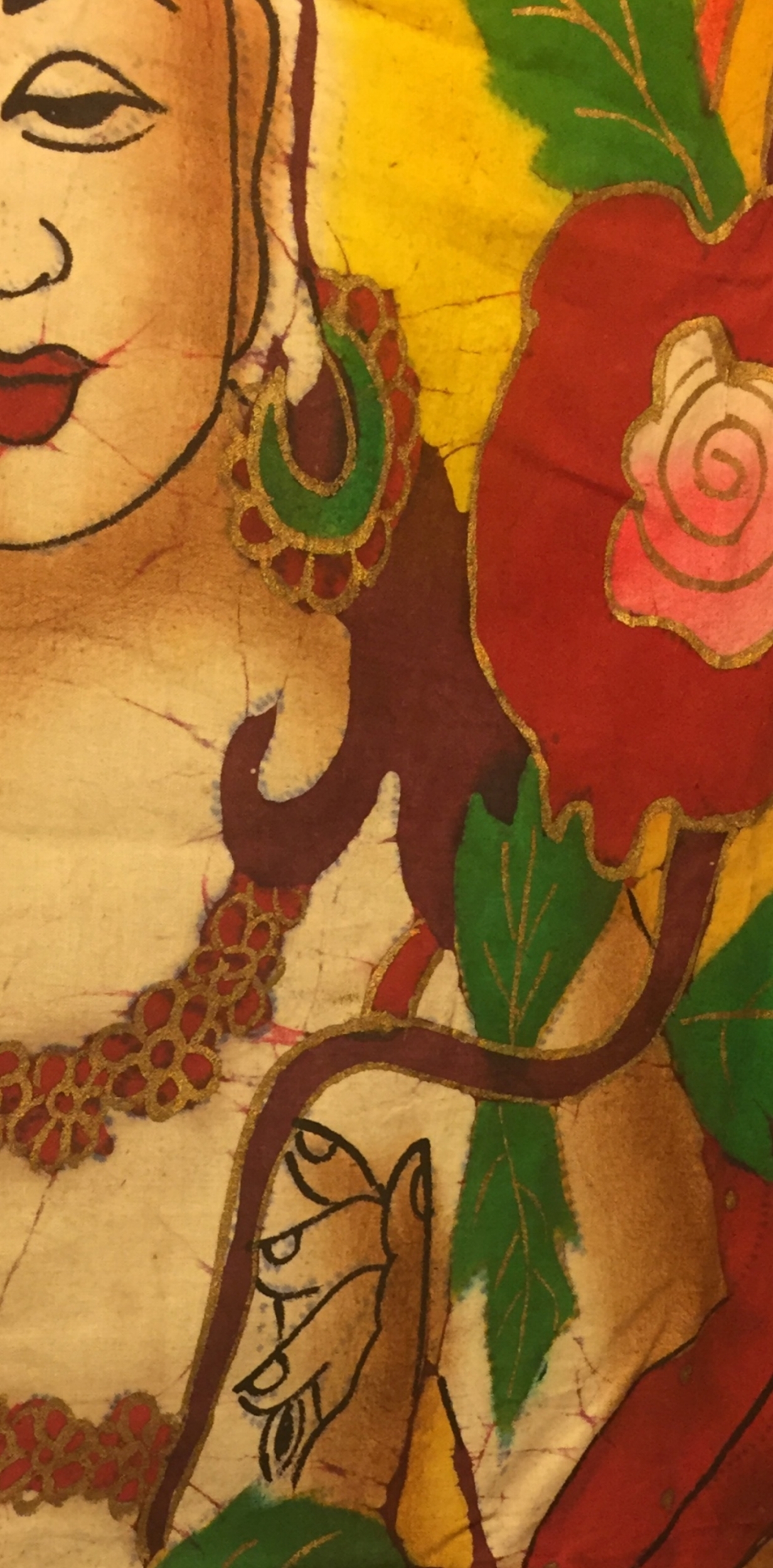Our sticky friends are here! Cleavers are also called clivers, catchweed, stickyweed, goosegrass, and bedstraw. Identified by a single square stem with bristly edges and rosettes of six or eight leaves and white star shaped flowers. She commonly grows in vine like mats and over or between taller plants and shrubs. She latches on to most anything that comes near, thus her flower essence supports attachment, appropriate bonding, and strong love.... and just in time for Valentine's Day!
Cleavers are sweet, salty and cool making for a surprisingly pleasant tea with dried leaves. A natural diuretic rich in trace minerals, Cleavers are a great ally in treating urinary tract problems. She is useful for kidney or bladder stones, as well as irritation, inflammation, and infection of these organs. She also aids the lymphatic system by relieving congestion in swollen glands and purifies the blood by cleaning out toxins in the body.
Poultices, juice, or a strong tea made from cleavers can treat a variety of skin ailments such as minor wounds and slow healing burns, as well as, poisonous bites and stings. Interestingly, cleavers are in the same Rubiaceae family as coffee. Her fruits have often been dried, roasted, and used as a coffee substitute English country style and contains way less caffeine!
Children on the playground like to make crowns with her vine like structure and naturally sticky nature. Also creates a fun and interesting sensation on the tongue when eaten raw. Please note, that a mild contact skin irritation may occur for those more sensitive that can be easily remedied with soap and water.
Contraindicated because of her diuretic nature, those with diabetes should not take cleavers internally.
Duke, James A. Handbook of Edible Weeds. CRC Press. 2001. Print.
Grieve, Maud. "Clivers". A Modern Herbal: The Medicinal, Culinary, Cosmetic and Economic Properties, Cultivation and Folk-lore of Herbs, Grasses, Fungi, Shrubs, & Trees with All Their Modern Scientific Uses, Volume 1. Dover Publications. 1971. Print.
Pursell, JJ. The Herbal Apothecary. Portland, Oregon: Timber Press, 2015. Print.
Moore, Micheal. Medicinal Plants of the Mountain West. Museum of New Mexico Press. Santa Fe. 2003. Print.

